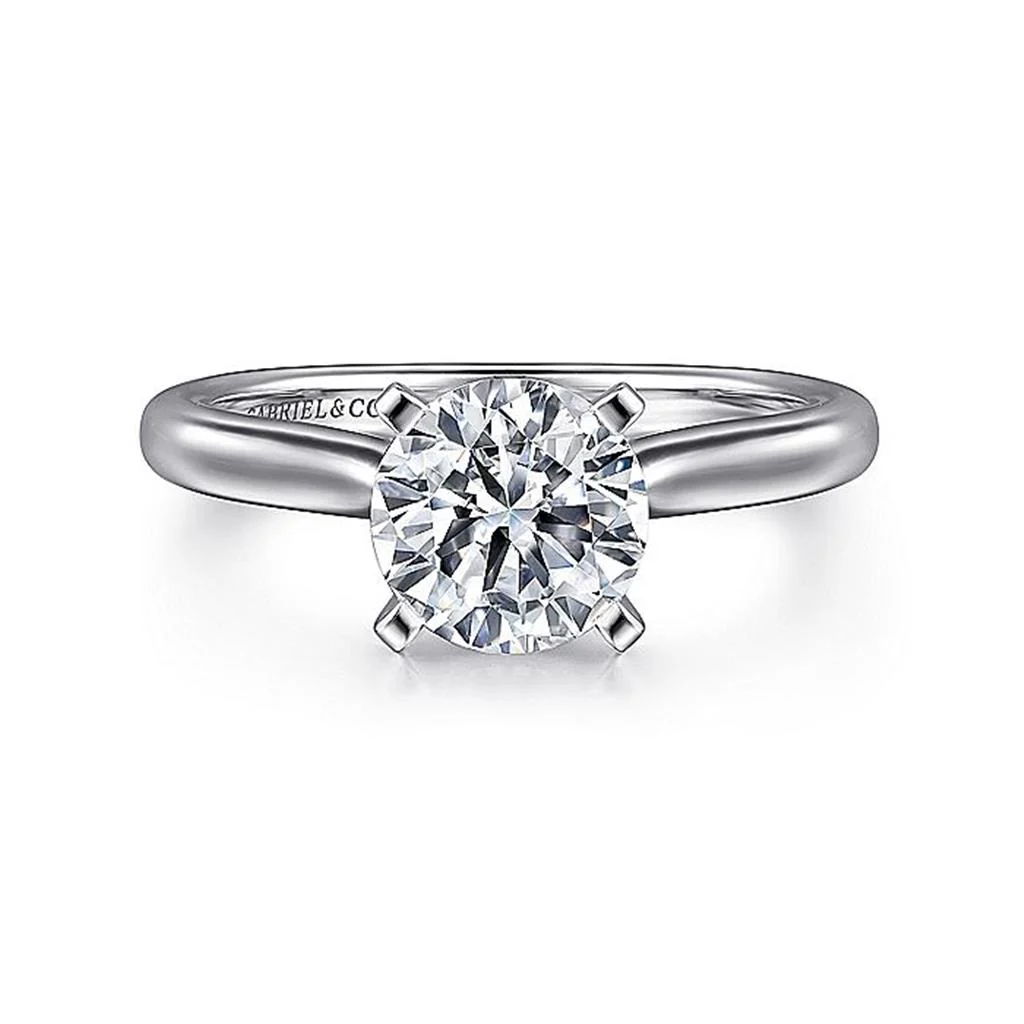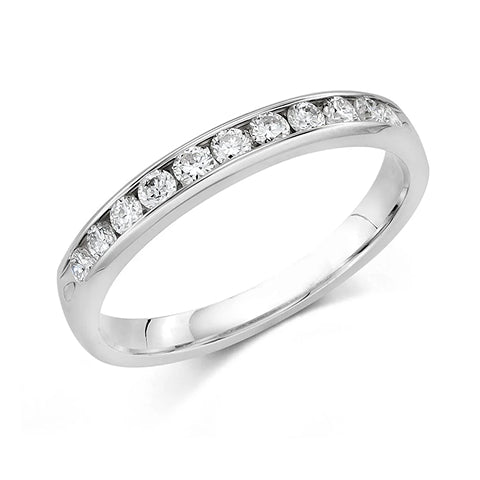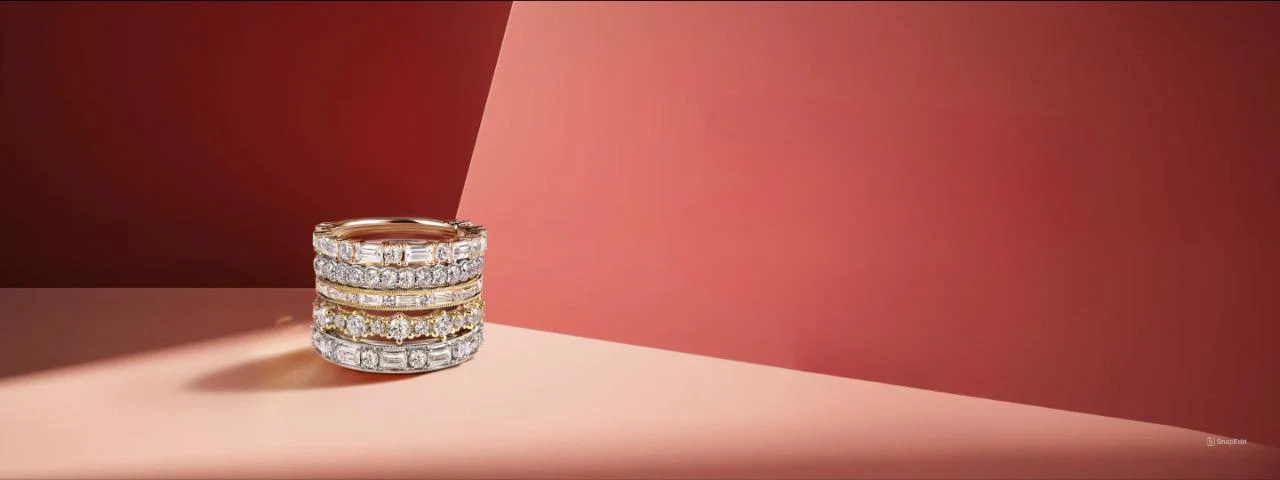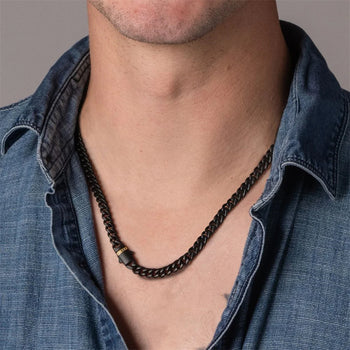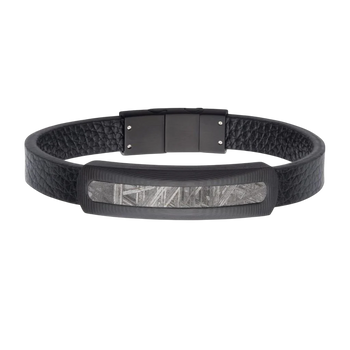
APRIL BIRTHSTONE GUIDE: DIAMOND
Diamonds are one of the most in-demand gemstones; and, the diamond just so happens to be the April birthstone. It symbolizes clarity and strength and is 58 times harder than any material found in nature. Diamonds are timeless. Whether you choose a clear white diamond or colored stone, it’s a precious gem nearly every jewelry collection should have.
Diamond Birthstone Facts
In popular culture, the physical strength of diamonds is perceived as a symbol of emotional strength and resilience, courage, and fearlessness. Yet, they are merely a lattice of carbon molecules held together by very strong bonds. A diamond ring can be cherished forever but here are some facts you might not know:
- Diamonds were first gathered in India, where they were picked from rivers and streams.
- Diamond trading occurred by the fourth century BCE among India’s royalty and wealthy citizens.
- Indian diamonds later appeared at medieval markets in Venice; Europe’s elite considered them fashionable by the 1400s.
- The first diamond engagement ring was exchanged in 1477; according to records, it was given by Archduke Maximillian of Austria to Mary of Burgundy.
- Brazil emerged as a major source of diamonds in the early 1700s and dominated the market for 150 years.
- In the late 1860s, diamonds were discovered in South Africa, helping build the modern diamond market.
- Later, mining operations opened up in the Democratic Republic of the Congo, Botswana, the former Soviet Union, Australia, and Canada.
Where Are Diamonds Found?
Diamonds are found in the frozen tundra of Siberia and in hot, semi-arid regions like those in Botswana, where about 40% of the world’s supply is mined. There are also deposits in Colorado, Arkansas, Montana, Wyoming, and to some extent in California. Diamonds form deep in the Earth and crystalize within igneous rock. Heavy machinery is typically required to dig for or expose diamond deposits, as well as sort the mineral out of the rocky substrate.
Diamond Care & Cleaning
Despite being the hardest known mineral, diamonds require special care. A dirty gem will quickly lose its sparkle. You can clean it with a lint-free cloth or wash a diamond using warm water and mild soap, rinsing it thoroughly to prevent a buildup of residue. It can also be cleaned by soaking it in a mix of half-cold water and half-ammonia for 30 minutes.
When storing a diamond ring, bracelet, or necklace, keep it away from other jewelry. It is much harder and thus will easily scratch other precious gemstones. Remember, the only thing that will scratch a diamond is another diamond. Other gems aren’t so fortunate.
Strong and popular, diamonds do vary in quality. Different grades of clarity exist because there are natural blemishes and inclusions. These range from flawless to stones having obvious inclusions, with a multi-level grading scale to identify quality. Also, diamonds range from colorless to light yellow with a few grades in between. Cut and carat weight are other factors in characterizing a diamond gemstone.
Jeweler’s Touch: Diamond Expertise You Can Count On
At Jeweler’s Touch, you can read our Diamond Buying Tips or learn about The Four C’s of Diamonds online. Feel free to browse our exclusive diamond jewelry collections as well. At the present time, we are closed due to the COVID-19 outbreak, in accordance with state and local mandates. However, you can contact us with your questions or call 714-579-1616, and we’ll reach out to you when we reopen. We look forward to reopening and serving our customers very soon; in the meantime, you can check for updates by following us on Facebook and Instagram.

